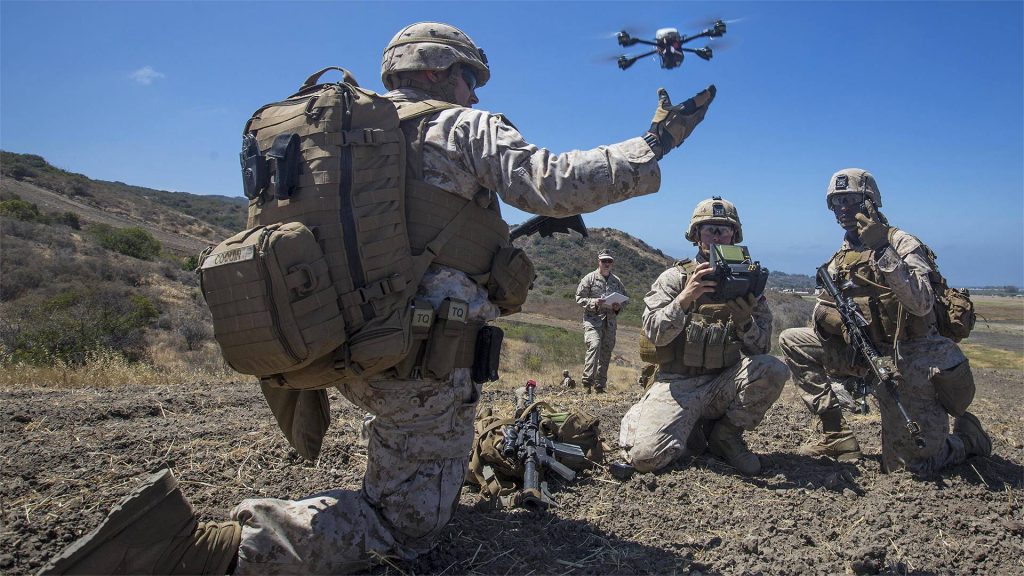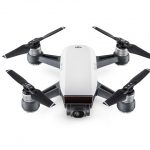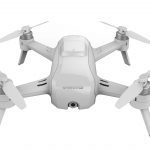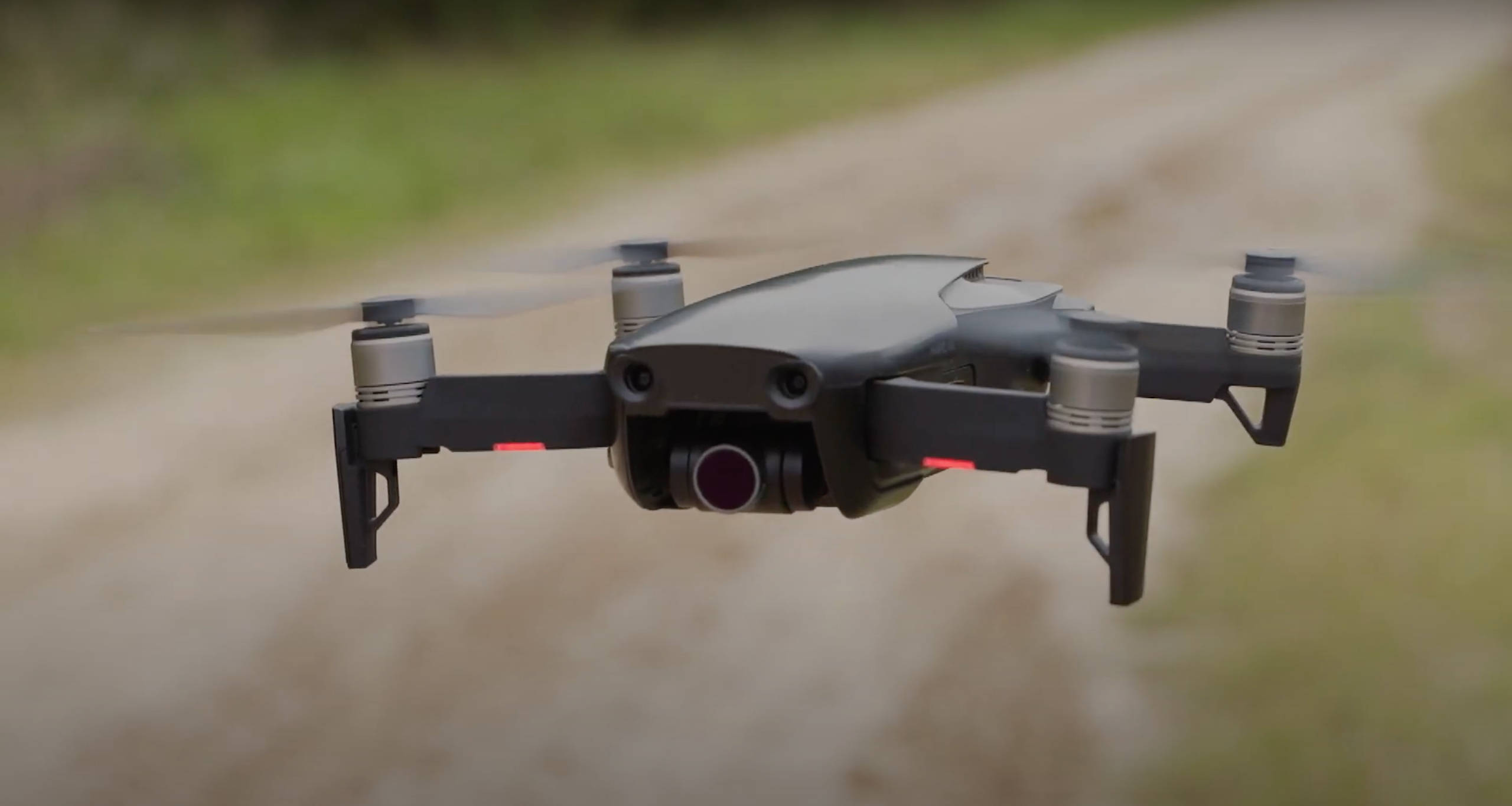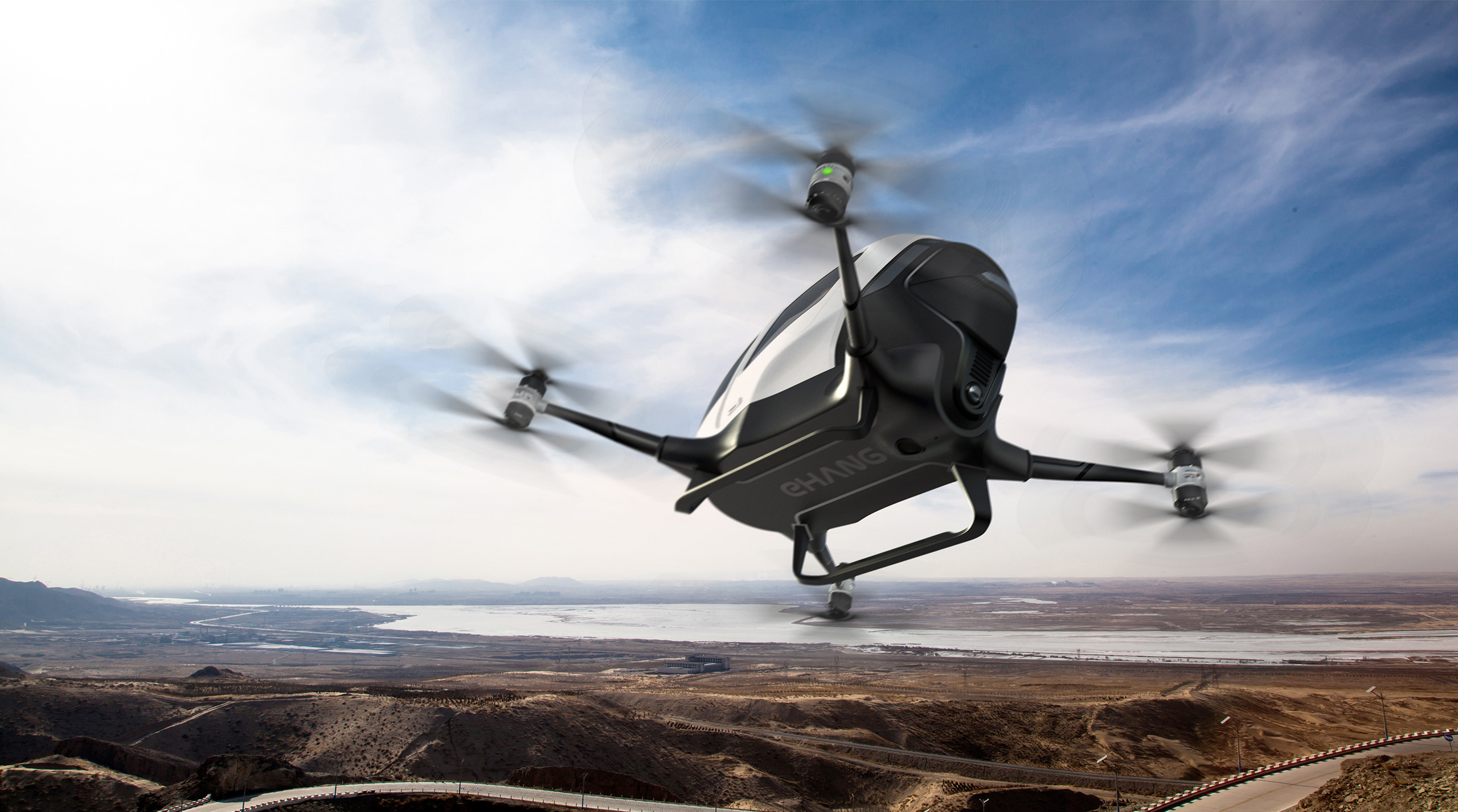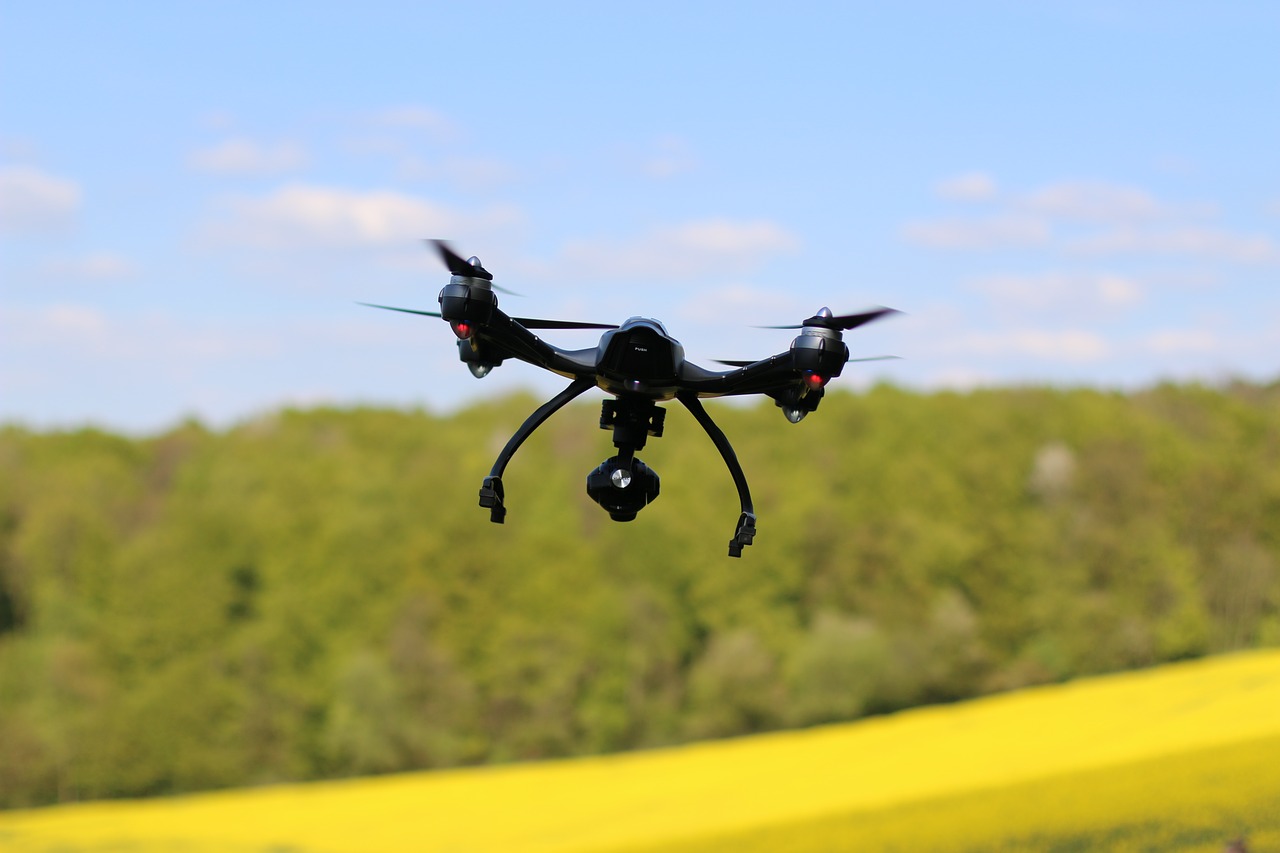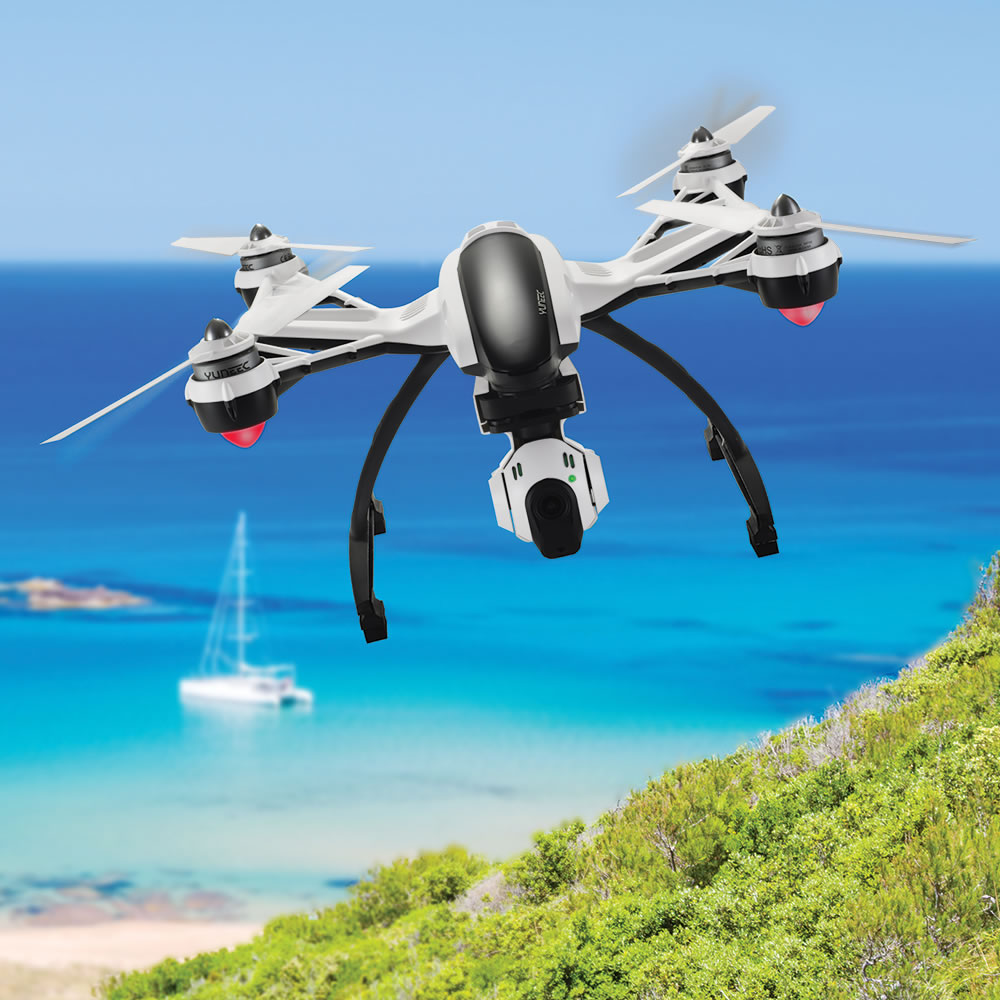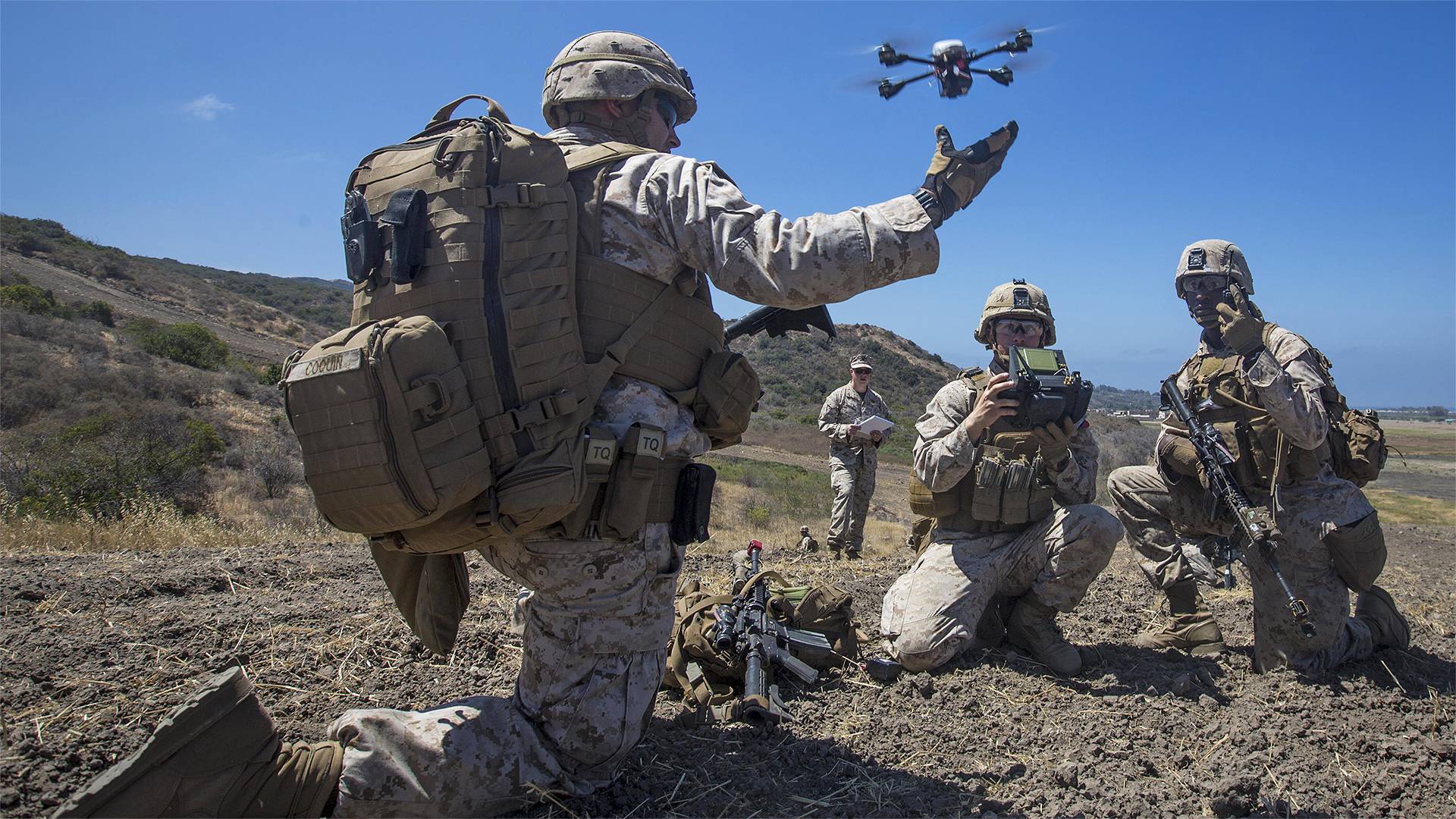
At the end of 2017, the Marines purchased approximately 800 quadcopter drones as an addition to each squad. Recently, they have been integrated into nearly all of the squads. It all started in 2016 with a new philosophy conceived at the Air Ground Combat Center in Twentynine Palms. It’s called “How an Expeditionary Force Operated in the 21st Century” and according to the U.S Marine Corps its purpose is to, “…Describe in broad terms how the Marine Corps will operate, fight, and win in 2025 and beyond; and shape our actions as we design and develop the capabilities and capacity of the future force.” (U.S. Marine Corps). They want to be ready and relevant in the future. The question is, will these quadcopter drones help or hurt that cause?
Pros of Using Drones in U.S. Marine Corps
On one hand, the drones seem very promising. There are already many pros being observed throughout Marine squads, such as being able to scope out and map enemy defensive positions before an assault. Along with that, being able to know the conditions of the land surrounding them without having to put men at risk to recon the area is a huge advantage. According to DefenseOne, this has already been proven to help Marines who are put in a training simulation with a hypothetical situation. Given the situation, they must use the drone to map data and make tactical decisions. This challenges the Marines while training, so they can be more prepared to come up with solutions in the field. Improvements have also been noted in the discipline of Marines in each unit as they are occupied and out of trouble during these exercises.
Cons of Using Drones in U.S. Marine Corps
Training simulations have shown the upside to equipping U.S. Marines with the drone, but what makes people, including fellow Marines, dislike the idea of relying on such technology in the future? Each man in a squad already has a job to perform, which means squads would have to either add someone to equip the drone, or give more responsibilities to a current squad member. The latter could result in failure to accomplish tasks on a mission. So, squads are considering adding a “tech assistant” to handle the drone.
Weather also plays a factor on quadcopters. Heat is detrimental on any electronic as it puts unwanted wear and tear on its batteries and computer system. The drones already produce their own heat along with the external heat exceeding 100 degrees Fahrenheit on any given day. Other major weather factors are rain, wind, and airspeed compared to the drones ground speed. Much like an experienced pilot flying a helicopter or airplane, there are difficulties with flying in certain conditions; The different heat variations coming off the ground and change as you increase in height, and so does wind direction. These are all significant factors that need to be figured out before drones will be a reliable asset.
New Technology For The Armed Forces
Although some kinks need to be worked out, it seems that drones are the first step in new technology for the armed forces. As the year goes on, we will see how drones and squads change to conform to the new 21st century philosophy. The pros seem to outweigh the cons of the quadcopter – it may be here to stay.

